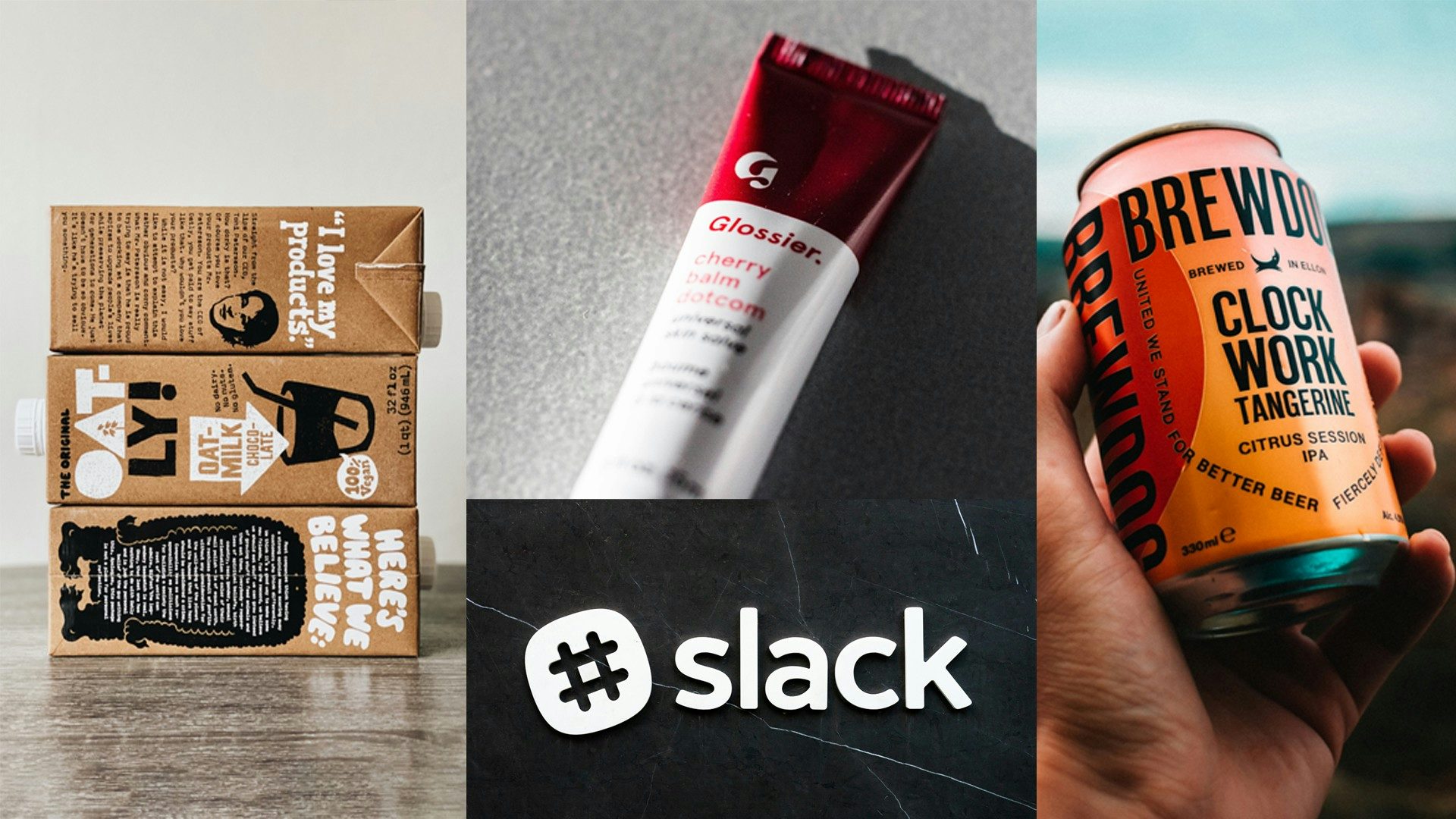For any company acting today in a fast-moving consumer market, finding growth is no walk in the park. New, niche brands are taking on emerging opportunities and re-thinking how to best meet consumer demand.
Whitepaper
Why one brand is not enough

The risky single legacy brand strategy
Studies on Consumer Packaged Goods show that compound growth has been weak over the last decade (+1,8% 2016–2019), and the winners are no longer big established players, but niche entrants1. One example is the oat-based “dairy” company Oatly, that has shaken up an otherwise traditional market and was consequently valued at a staggering $10 billion when introduced on Nasdaq2 in 2021.
The same is true in markets with strong momentum, such as Entertainment, where market leaders are faced with cut-throat competition. In the European lottery and betting market, which was previously dominated by state governed brands, online casinos are re-inventing what a game of luck can mean for players and winning some of the most valuable parts of the market.
Sweden, for example, which was once dominated by a handful government-owned lottery, betting, and casino actors, now has a hundred different licensed companies competing for the lucrative market.
These are just two examples of markets where businesses that double down on a single legacy brand face the prominent risk of decline, when innovators suddenly meet certain consumer needs and desires in a superior way. Instead, the path to growth is to embrace the fact that demand varies in character across the market, and to make sure that these opportunities are addressed with a strong portfolio of brands and offerings.
Winning in fast-moving markets requires that companies both continue to evolve “classics” (well-known and safe brands), and build future heroes that can challenge any preconceptions of what the industry and market is all about.

The first step is understanding that a portfolio approach is essential. But for any group that develops or manages a portfolio of brands within the same market, two questions are deemed to arise:
- Are we addressing all relevant demand and market opportunities?
- Will our brands cannibalize on each other?
Build brands for people
The most fundamental starting point to establish and grow a successful brand, is understanding what type of person you seek to cater to. Brands that form a strong connection with their customers, also on an emotional level, can extend beyond specific products and be meaningful in more circumstances. The advantage of forming an emotional bond is hardly news to customer-centric executives. So why does so many brands struggle with this?
Commonly, management is simply not clear enough on what the deeper drivers of their target group are. The top determining factor for what brands we love, is our set of values as humans and consumers. Brands should thus define and understand their target group(s) based on their values in life, which is significantly more important than for example their age, generation, or gender.
Our values are our core mindsets, ambitions and priorities that guide every decision we make, whether we want it or not. That is why catering to distinct values has been the key success factor for so many brands, such as Apple (for creative minds), Nike (for pioneering athletes), Oatly (for conscious rebels), the GTA series (for less conscious rebels), or Maria Casino (socially responsible female gamblers).
Illustration of values-based segments, based on output from Lynxeye’s Human Motivations™.
Create products for needs
To make the most of the brands in your portfolio, each brand should consider their ideal range of current and future offerings. The reason many strong brands are so commercially successful is that they manage to extend their proposition and experience into new product areas, while maintaining and developing the unique qualities that made their target group buy into the brand from start.
We see that successful product innovations and brand extensions have one clear thing in common: they address a real consumer need in a better way than existing offerings. Needs have a tendency to vary from occasion to occasion, also for the same consumer.
For that reason, we suggest mapping and sizing of ‘need states’ as a solid approach to understand these market dynamics. Each need state is a set of needs that a person has in a certain situation or occasion. Any brand should ensure it has strong offerings for its target group across their main need states, to be relevant on more occasions and have a better chance to grow. The Coca Cola Company is a classic example.
Illustration of big and small need states per consumer segment in the market.
Mobilize around main opportunities
The end state for your brand portfolio should target sufficient demand to effectively grow your business. Often, a subset of opportunities (combinations of a target group and a need state) will be the most important ones for broad market penetration and should thus be the focal point for management; their must win battles.
To win these opportunities, each brand needs a strong positioning, the right innovation pipeline, and an appealing consumer experience that can be executed across touchpoints. The portfolio strategy sets a crucial direction for these activities and makes sure that the brand planning and execution can be sufficiently focused to truly make a difference.
Illustration of how a brand portfolio targeting 4 different segments and need states can address >50% of the total market value.
Dare to build that potent future portfolio
Established players in fast-moving consumer markets that wish to grow can no longer afford to put their eggs in one basket. Innovators have more vehicles than ever before to realize their ideas and go to market.
And established consumer businesses can no longer apply their traditional playbook that relies on marketing and distribution through mass channels. To counter and precede niche market entrants, the key is to build a strong portfolio of brands that caters to all significant demand in the marketplace.
Businesses can achieve that potent future portfolio by catering to people’s core values and different need states. At Lynxeye, we partner with future leaders that aim to build that focused and synergistic portfolio, to achieve minimal internal competition while maximizing their total growth potential.
Want to know more?
Reach out to Johan Snällfot, Partner and Insights Skills Lead at Lynxeye and download the whitepaper.

